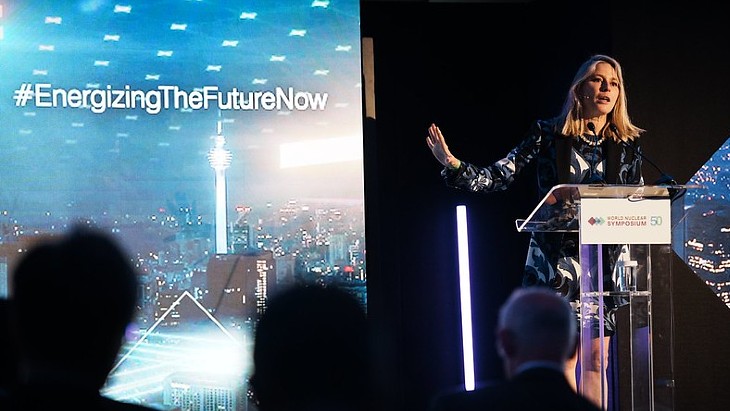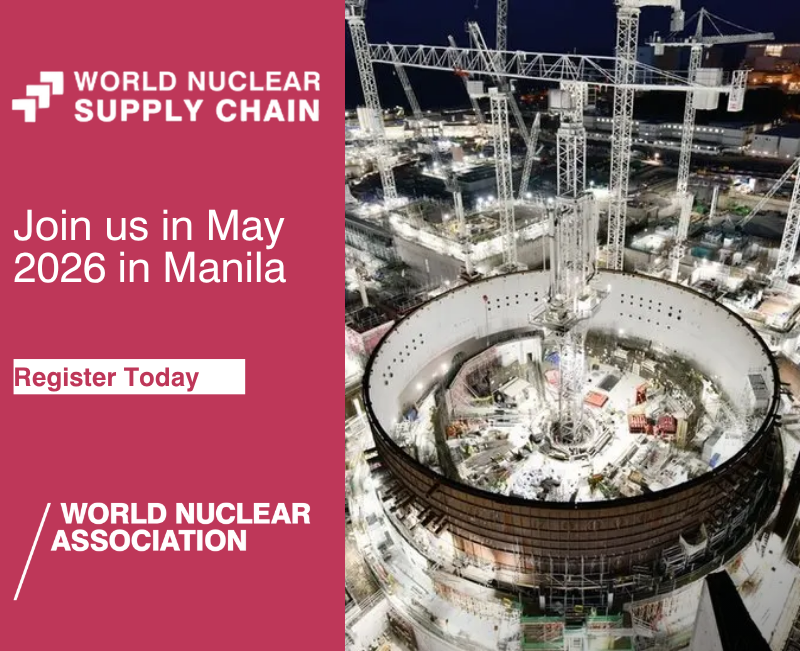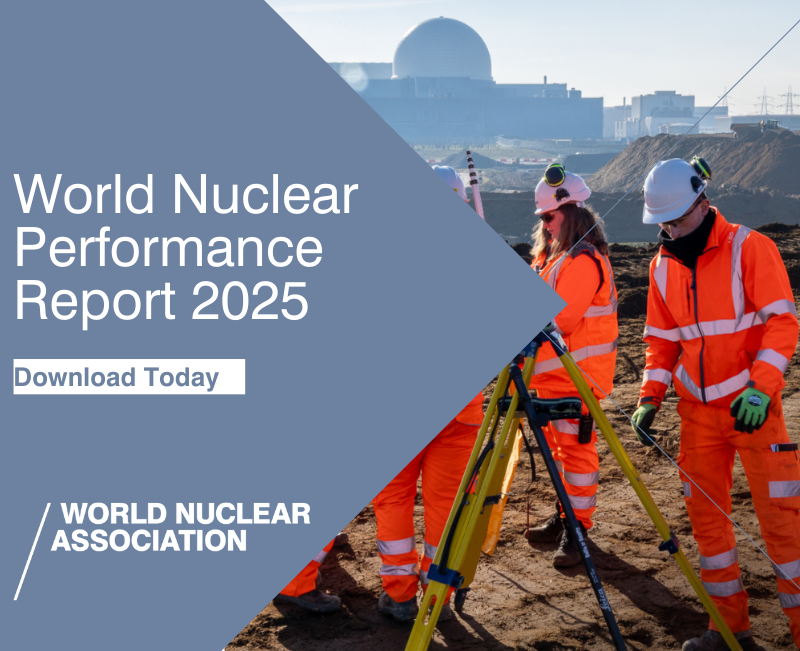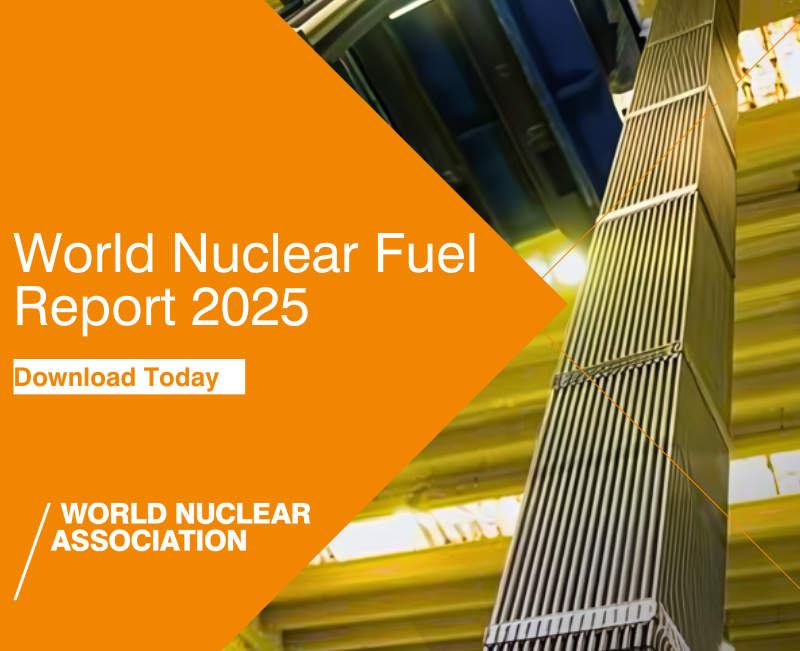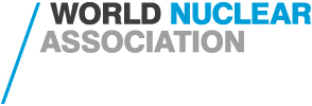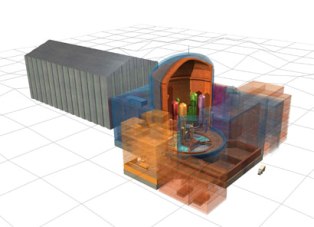 The US Nuclear Regulatory Commission will now review the documentation, and, if it seems complete, accept it and begin a thorough review. The result would be design certification, which would approve the design's safety independent of any specific site or plan to build. This is a necessary step before the any USEPR plant could be built.
The US Nuclear Regulatory Commission will now review the documentation, and, if it seems complete, accept it and begin a thorough review. The result would be design certification, which would approve the design's safety independent of any specific site or plan to build. This is a necessary step before the any USEPR plant could be built.France's Areva teamed up with the US utility Constellation Energy in 2005 to form Unistar Nuclear, which then went about making a US-specific version of Areva's existing EPR pressurized water reactor design. The main difference being that the USEPR must output electricity at 60 Hz compare to the original version's 50 Hz. Modifying the design and preparing the 12,000 pages of paperwork required by NRC for design certification cost $200 million and required some 325 engineers and 55 support staff.
Areva said in a release that it believes its application for to be the most thorough handed to the NRC to date. The company would have been able to include more detailed information on its design, having actually started the construction of two of the units so far. Work on Olkiluoto 3 in Finland is progressing, albeit far behind schedule, and first concrete was poured for Flamanville 3 in France last week. By comparison, rivals GE and Westinghouse submitted applications for their ESBWR and AP1000 designs far in advance of firm plans to build.
The NRC granted Design Certification for AP1000 in 2005 and that for ESBWR should follow around 2008-9. General Electric (GE) already holds design certification for its ABWR units, which are under construction on Taiwan and already in operation in Japan. Several iterations of all the above designs are proposed for the USA in coming years.
Further information
Areva
Unistar Nuclear
US Nuclear Regulatory Commission: Design Certifications
WNA's US Nuclear Power Industry information paper
WNN: Construction of Flamanville EPR begins
WNN: NRC: First part of first COL application in




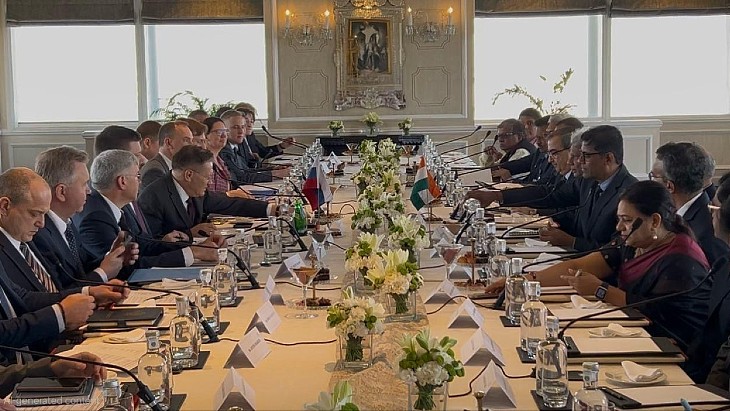
_70761.jpg)
_55530.jpg)
_42372.jpg)
_76087_55556.jpg)
